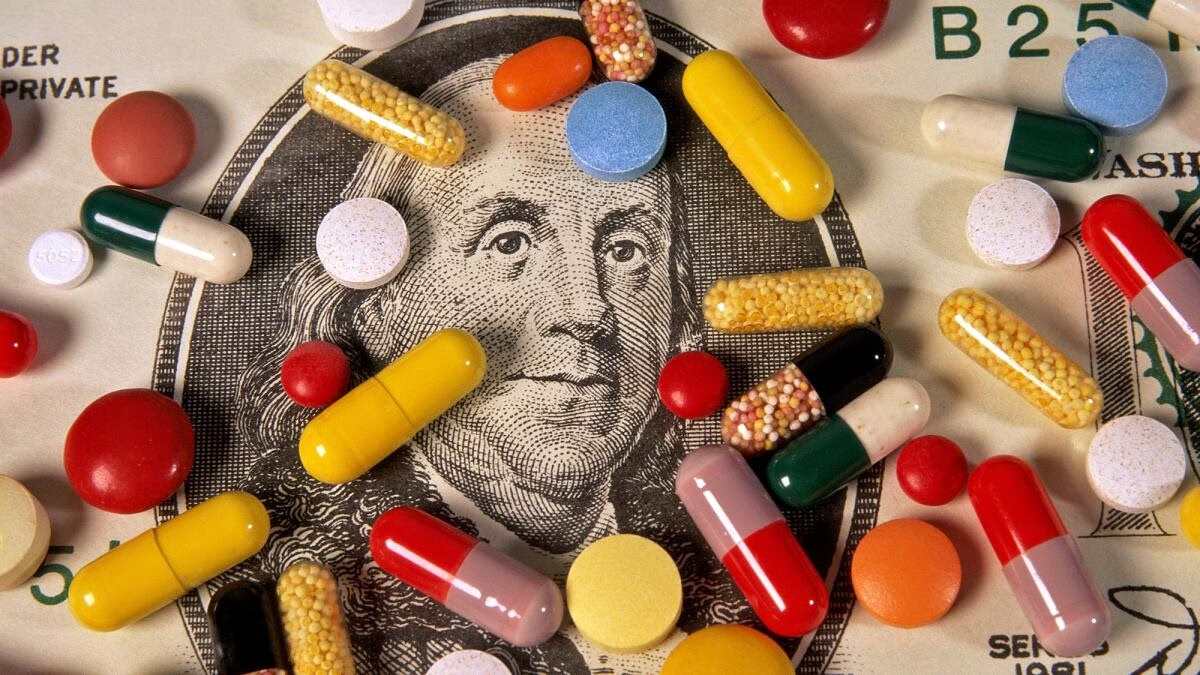On Monday, U.S. President Donald Trump signed an executive order aimed at lowering prescription drug prices to match those in other countries, a move that analysts and legal experts say could be challenging to implement.
The order gives drugmakers 30 days to set price targets, with further action to be taken if they do not show “significant progress” within six months. Trump also announced that tariffs would be imposed on companies if U.S. drug prices do not align with international prices, with cuts expected to range from 59% to 90%.
“Everybody should equalize. Everybody should pay the same price,” Trump said at a press conference.
Despite the bold proposal, investors remained skeptical about its execution. Shares of drug companies, which had initially fallen due to the threat of “most favored nation” pricing, rebounded and rose in early morning trading.
The U.S. currently pays the highest prices for prescription drugs, often nearly three times more than other developed nations. Although Trump attempted to align U.S. drug prices with those of other countries during his first term, his efforts were blocked by the courts.
Trump’s push for lower drug prices is part of his broader strategy to address inflation and reduce everyday costs for Americans. He cited a conversation with a friend, who mentioned paying just $88 for a weight loss injection in London, compared to $1,300 for the same drug in the U.S.
If drug companies fail to meet expectations, the government will use rulemaking to bring prices in line with international levels, and may consider importing medicines from other developed nations or implementing export restrictions.
However, the proposal faced backlash from trade groups representing the pharmaceutical industry. PhRMA CEO Stephen Ubl criticized the order, arguing that importing foreign prices from “socialist countries” would harm American patients and workers, reduce treatment options, and threaten the investments drugmakers planned to make in the U.S.



